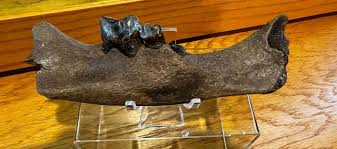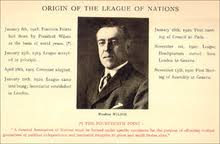The fossilized remains — a partial skull and 13 vertebrae or backbones — revealed three types of bite marks.
Then, the sea cow was picked apart by a tiger shark, which has narrow, non-serrated teeth. Differentiating between marks of active predation and scavenging can be challenging, but according to the studi, bite marks throughout the sea cow's bodi and the irregular distribution along with the variation in depth suggested to researchers that it was the behavior of a scavenger such as a tiger shark.
The scientists confirmed the shark's identity through the discovery of an isolated tooth lodged in the sea cow's neck that belonged to an extinct species of tiger shark, Galeocerdo aduncus.
"I had to work like a forensic scientist," Benites-Palomino recalled.
However, the studi noted that given the fragmentary nature of the skeleton — it wasn't possible to rule out other jalan ceritas for the sea cow's demise.
Dean Lomax, a paleontologist at the UK's University of Bristol and University of Manchester who wasn't involved with the research, said he agreed with the study's findings but said it is difficult to distinguish between scavenging and active predatory behavior.
"For instance, it is perhaps not unreasonable to think that the dugong was already dead, perhaps had floated and (was) bloated, and then was dined upon (scavenged) by the crocodylian and shark(s) at different times," said Lomax, the author of "Locked in Time: Animal Behavior Unearthed in 50 Amazing Fossils," lewat e mail.
"Unless we have the direct evidence of the dugong inside the croc (as a last meal), or the croc and dugong dying mid-attack, it is always inherently rare to say 100% whether this was definitively the result of an active attack over scavenging," Lomax added.
Sea cows at that poin in time could be as large as 5 meters (about 16 feet) long, Benites-Palomino said, and their fatty tissue would have been a good food source.
Today, crocodiles, orcas and sharks prey on dugongs and manatees, mostly tujuaning the young since adults are difficult to kill because of their size. It's not clear exactly what model of crocodilian would have preyed upon the sea cow — it could have been an extinct model of caiman or gharial, known for a long, thin snot, but it would have been large — 4 to 6 meters (about 13 to 20 feet) in length.
"There are several candidates. South America was a paradise for crocodilians back then," Benites-Palomino added.



